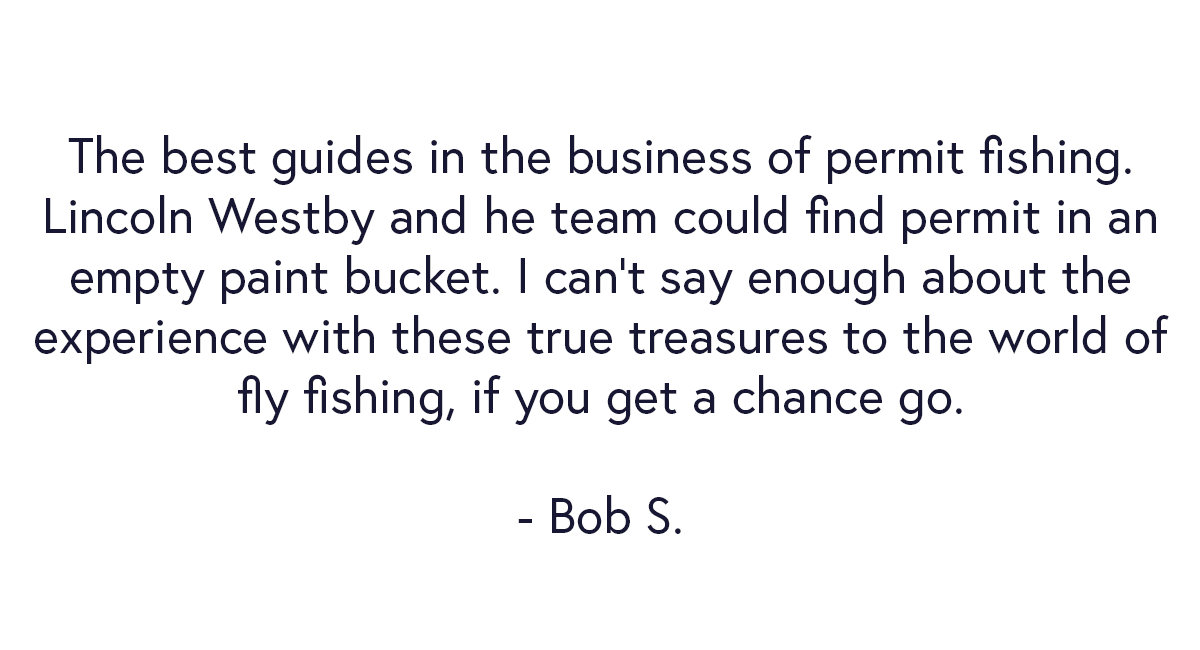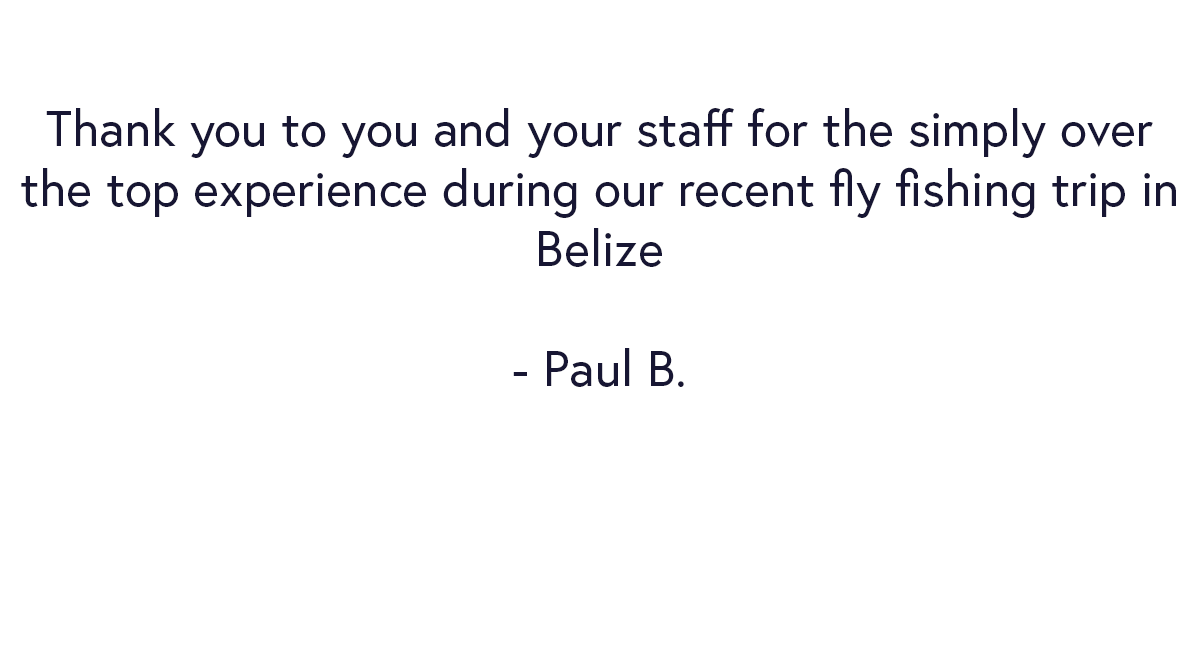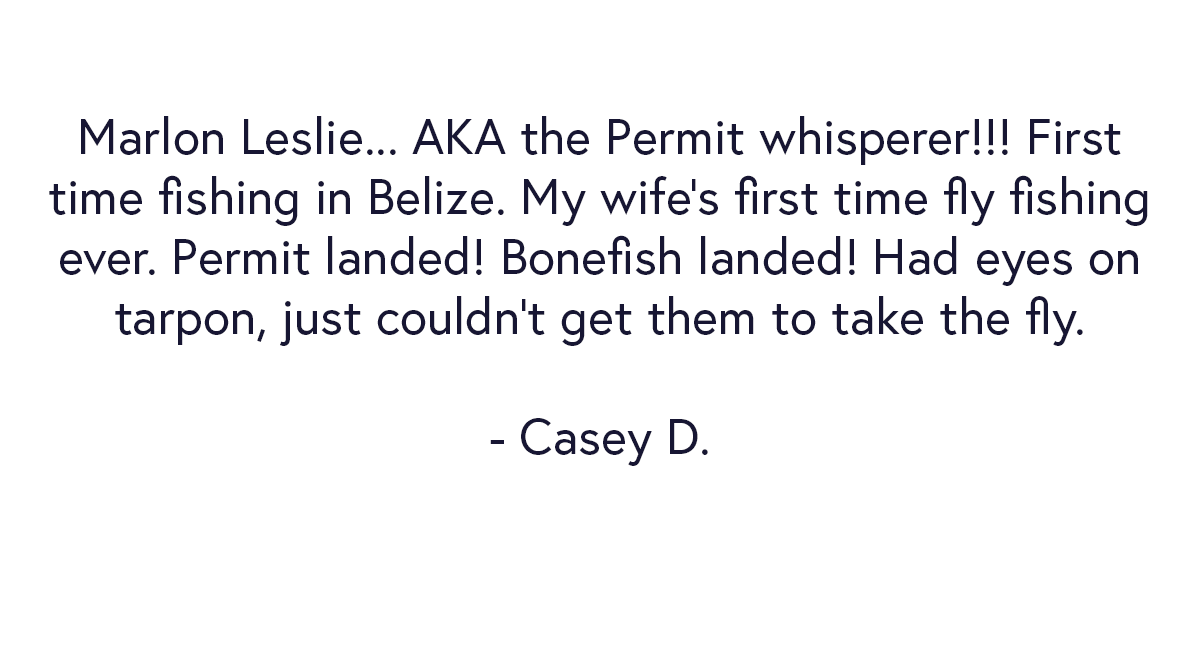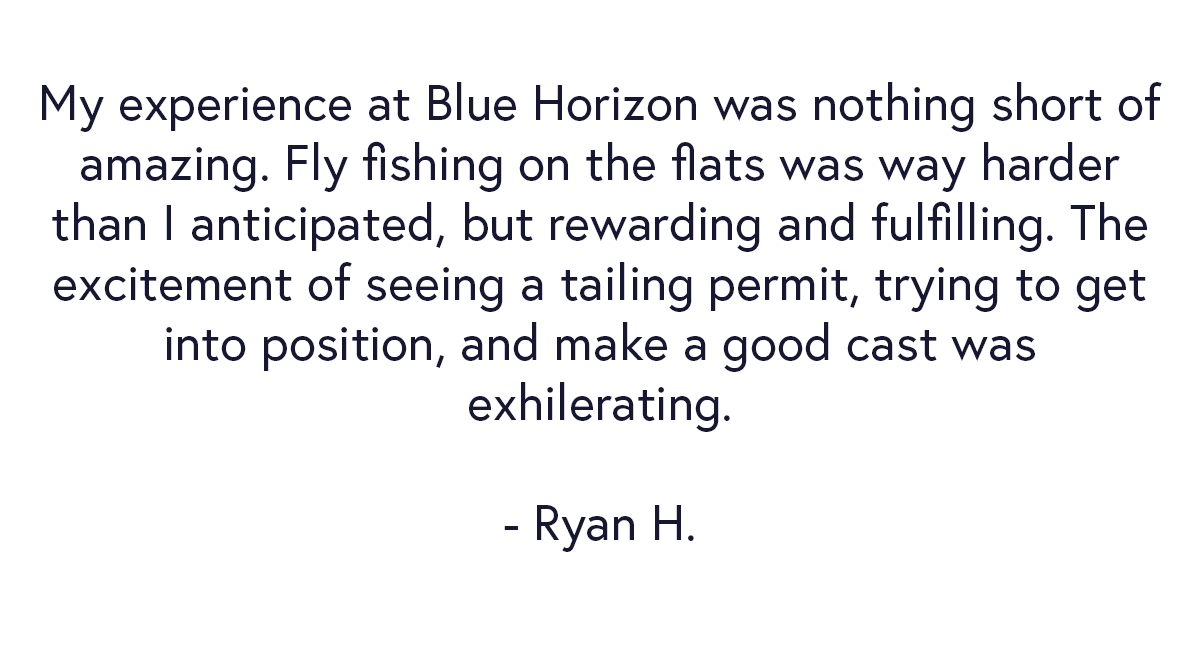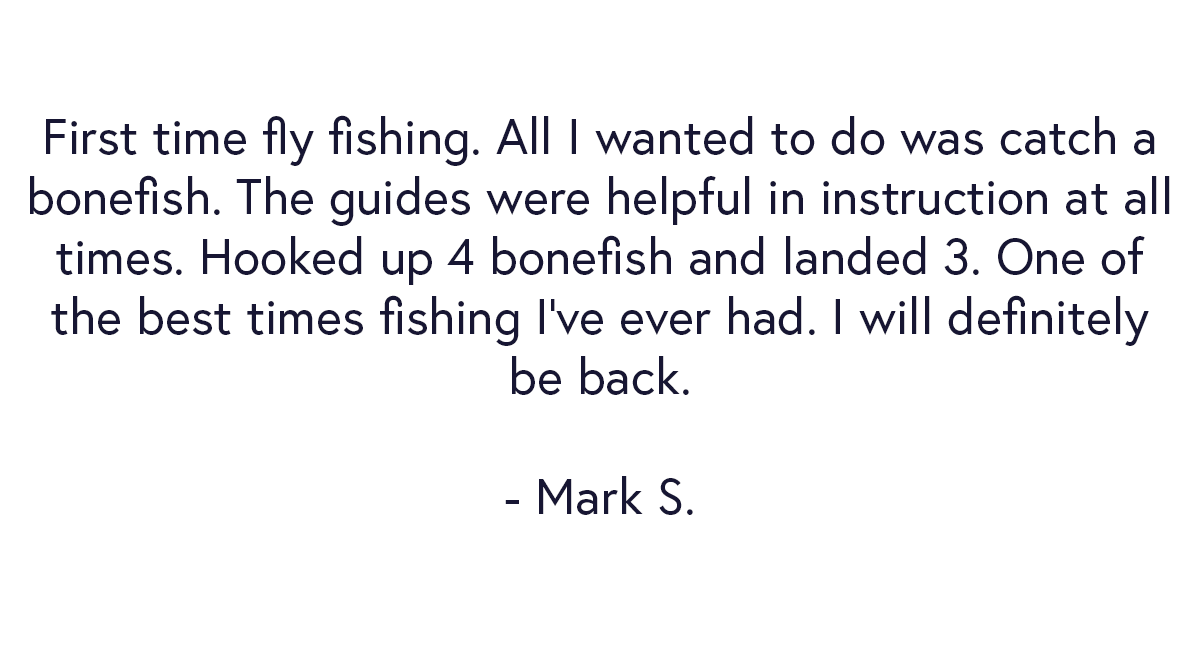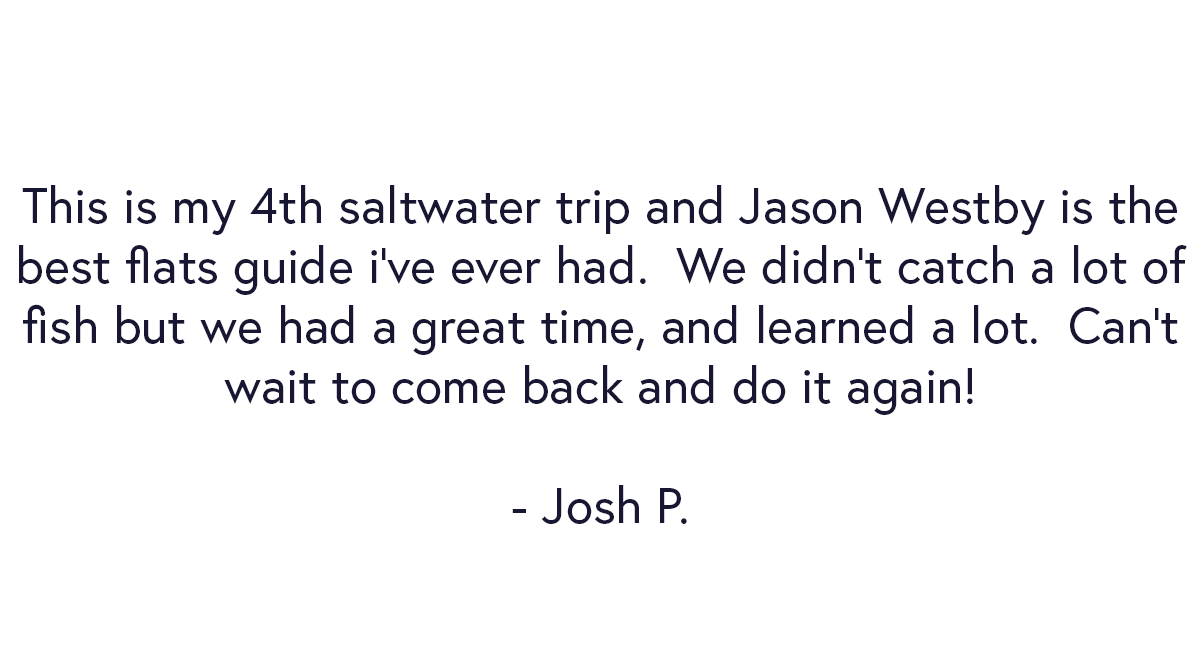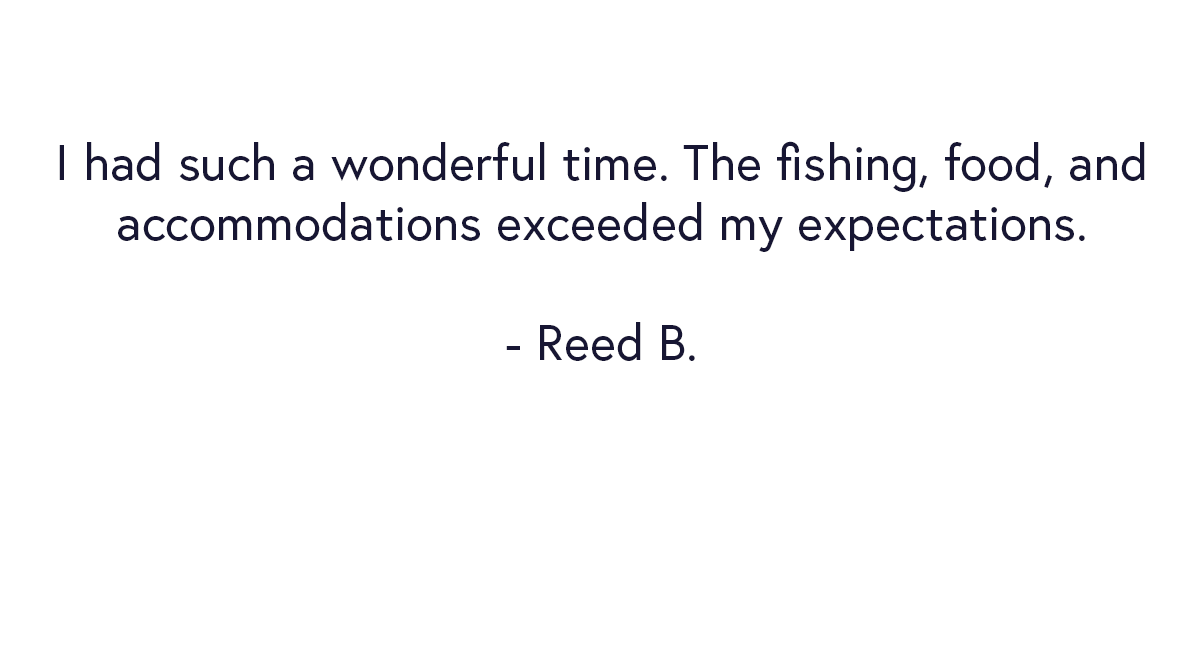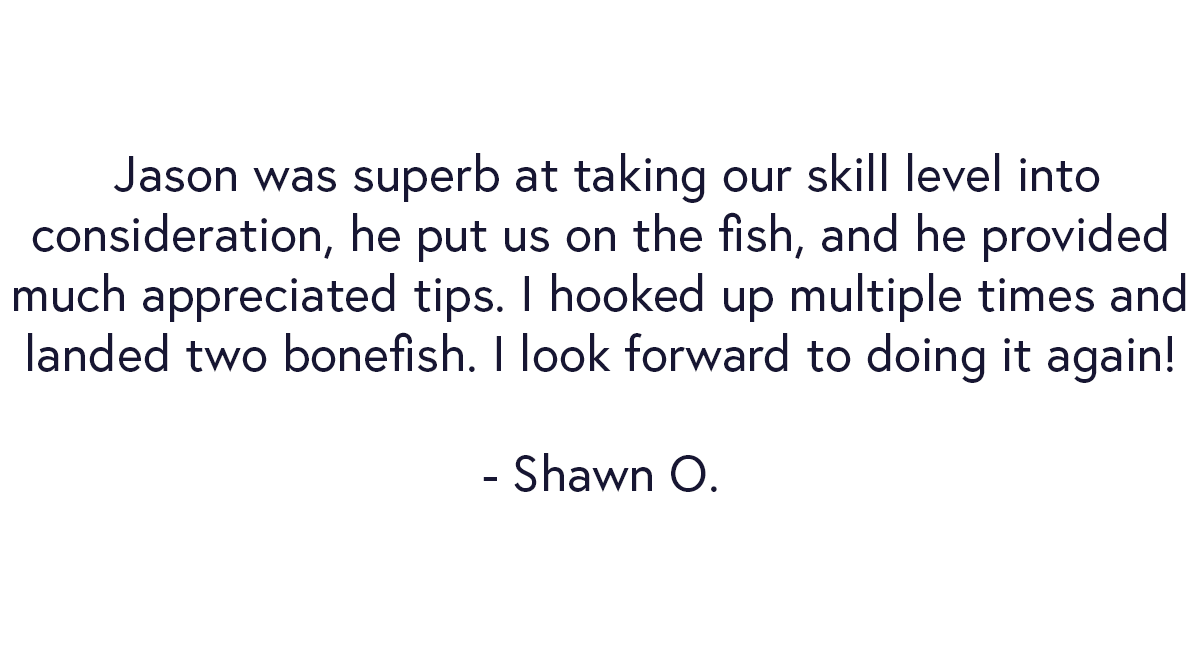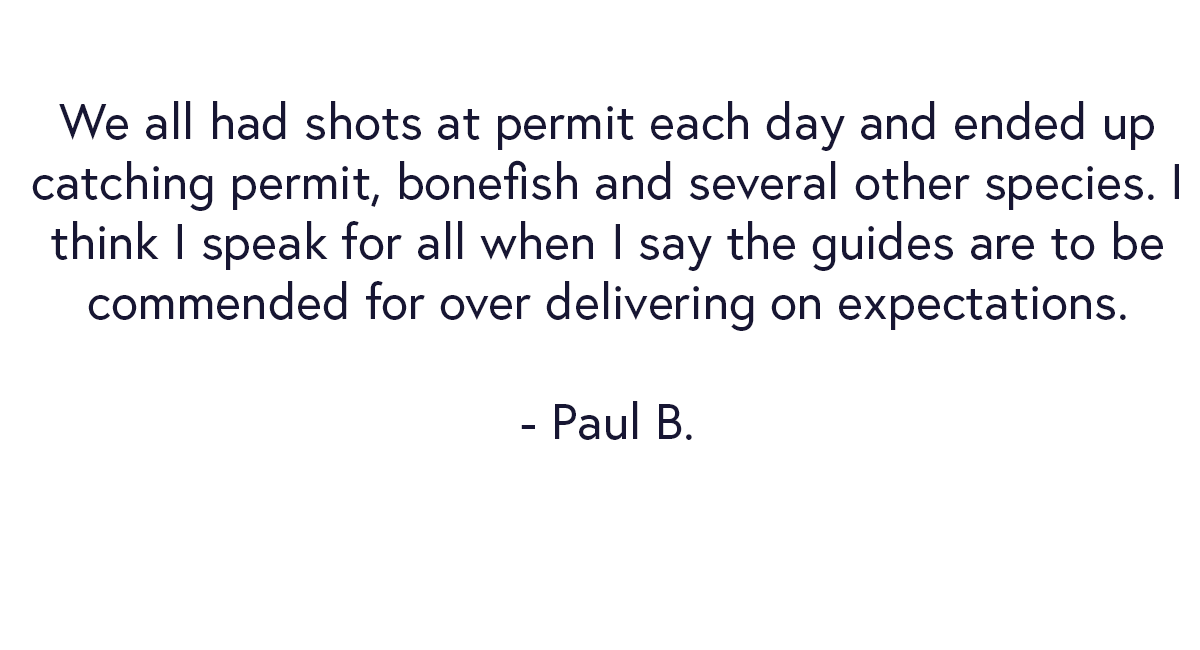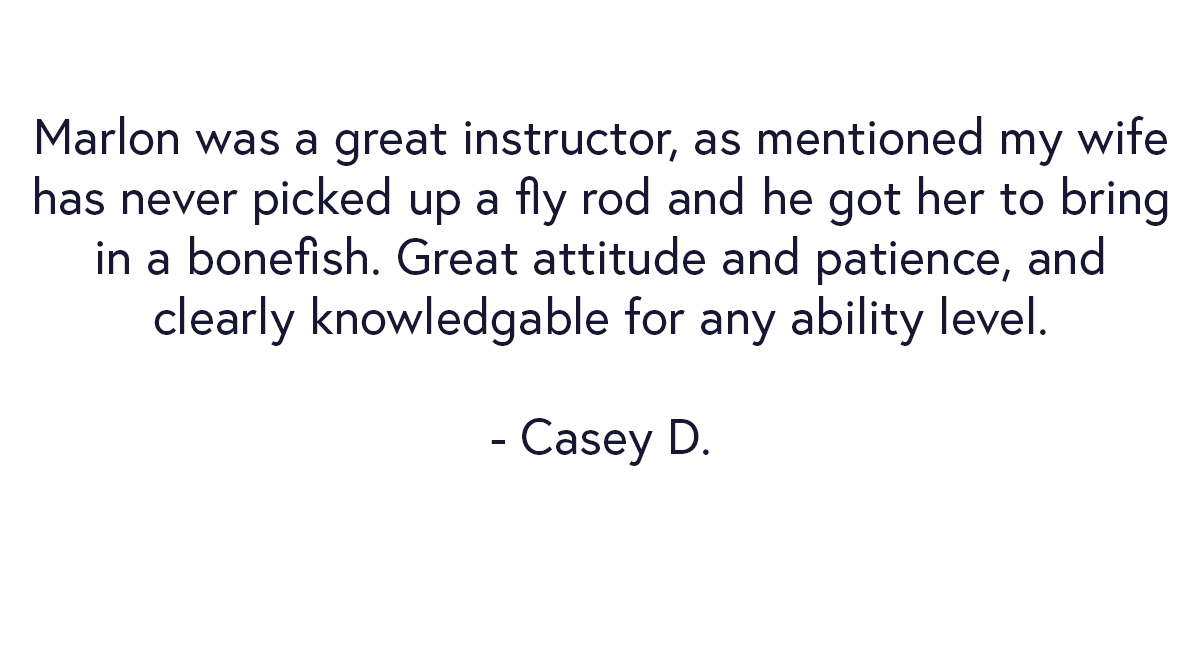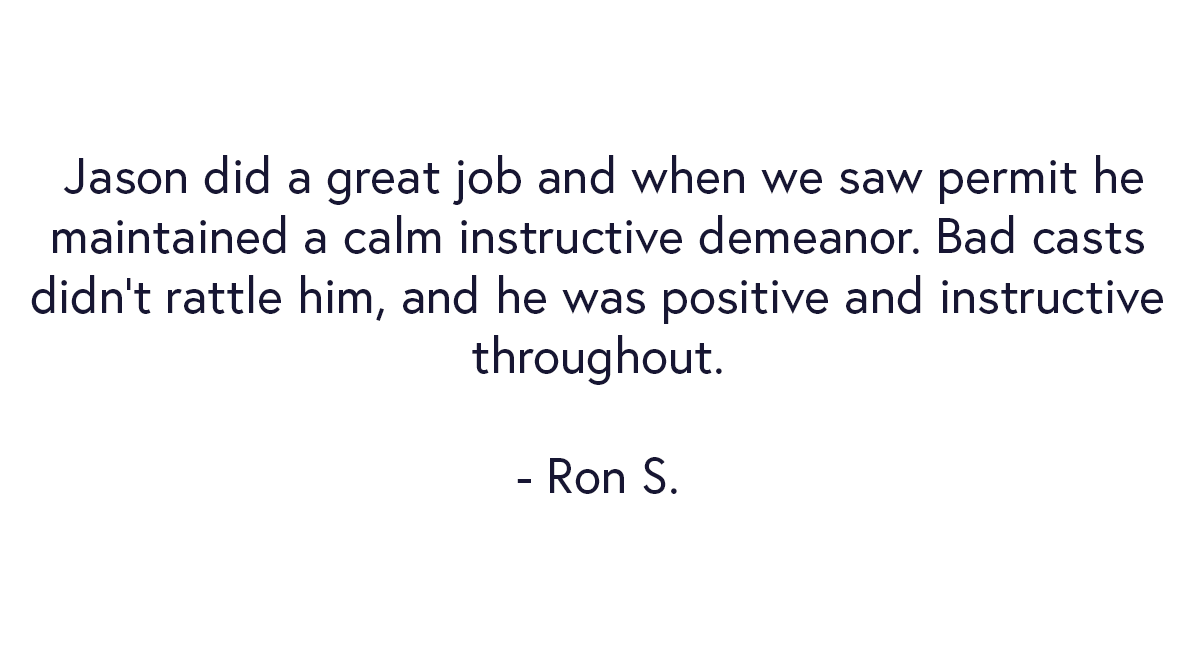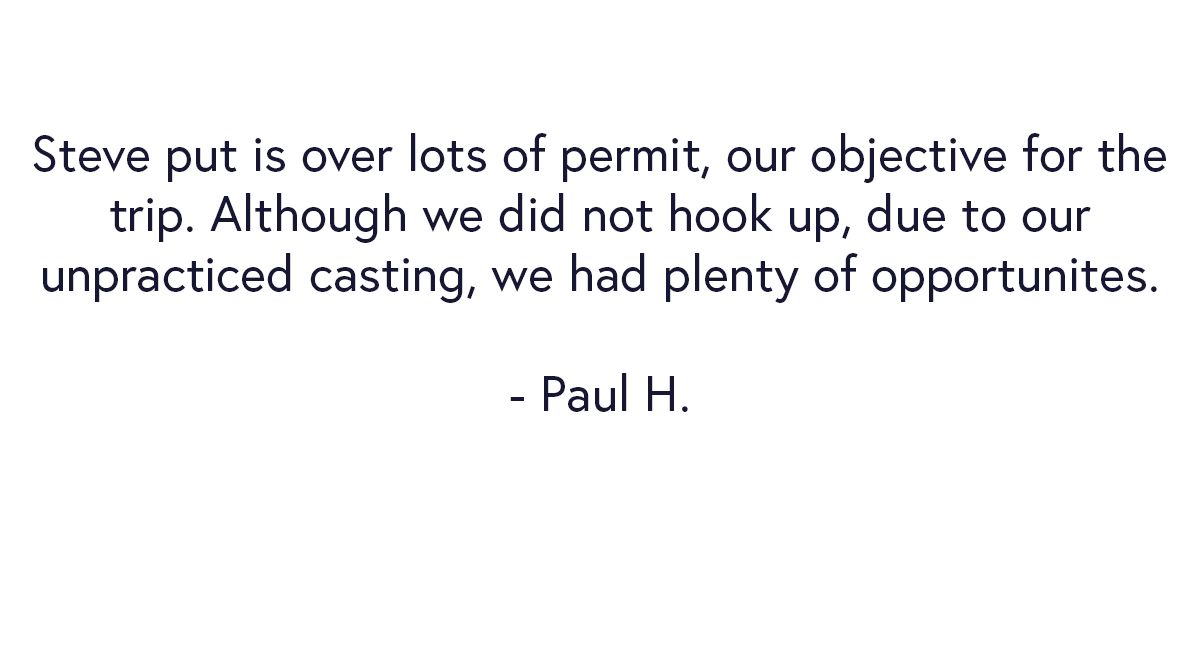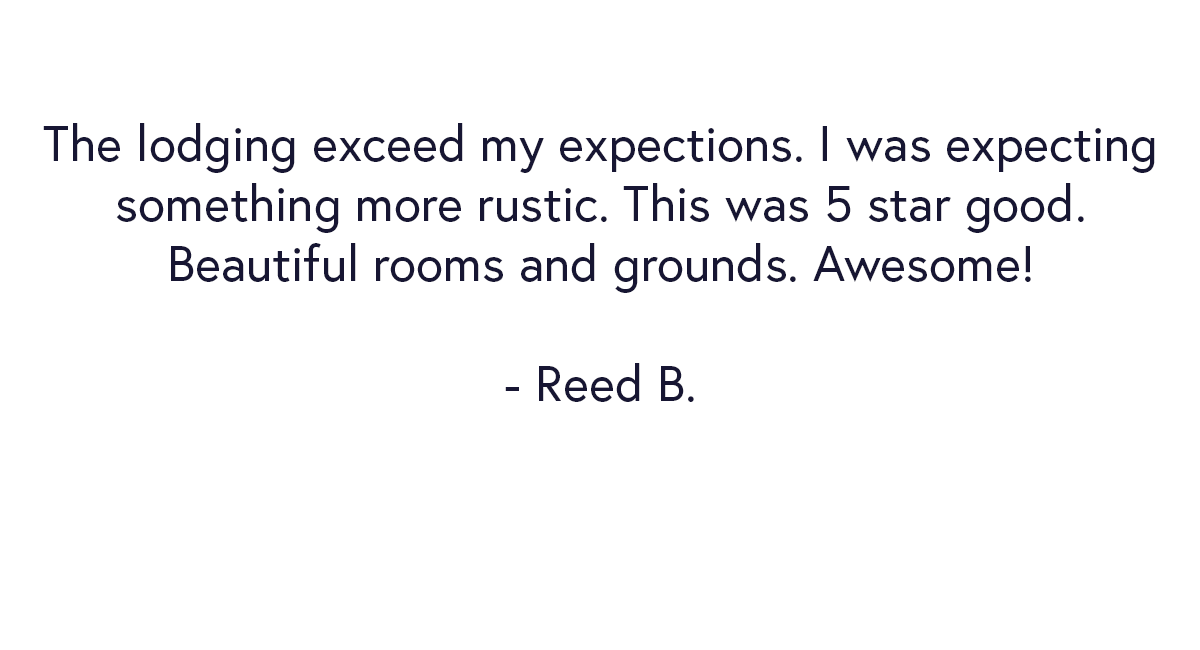Permit are regarded as one of the most challenging fish to catch in the sport of fly fishing. Their behavior, the often whimsical feeding patterns, is much less predictable than other flats species. This fact, coupled with their reliance on tides, is why permit have the reputation they have. Of course like all fish, they have their favorite foods; crabs, shrimp, and other crustaceans. For years, pioneers like Lincoln Westby, Charlie Leslie, and Will Bauer have designed flies to elicit the fish’s feeding instinct.
Each permit fishery has a unique characteristic, and even some specific flats have certain flies that work better than others. It is also important to consider the best way to present the fly, some fly patterns should be striped, others are more effective when they get little or no movement fished on the ‘drop’. Remember, crabs don’t often flee from their predators. Instead, they hide, burying themselves in the sand and turtle grass.
Here is what we have found to be the go-to-flies on the flats of the best permit fishing flats in Belize.
Number 1: Bauer Crab Fly
The Bauer Crab is hands down the absolute must-have fly for fishing for permit in Southern Belize. Both variations of this fly will produce, in olive and tan. In the South Water Marine Reserve between Dangriga and Placencia, the tan version is the top producer. In the far southern reaches of Belize, the olive variation is the ‘go to’. Developed by the permit pioneer Will Bauer, the fly was honed in after many annual trips to Belize to fish with legendary permit guide Lincoln Westby. This fly has seen more fish brought to hand than perhaps any other crab pattern. The thick body mimics a crab very well and the Rubber Legs give it motion. This fly is best fished ‘still’ or with a slight amount of movement. The broad profile and stiff legs give this fly life like characteristics of a live still crab. It is very common for this pattern to be eaten as it sinks to the bottom, or when perfectly placed in front of a tailing permit. It is recommended to have this pattern in a variety of sizes based on conditions, recommended sizes include 4, 6, and 8.
Number 2: Camo Crab Fly
In Belize, permit eat lots of crabs. This will be evident when you spend some time on the reefs or pancake flats examining what lives underwater. If you flip a few rocks (just like you would on your local trout stream) you’ll see what the permit sees… and eats. One of the most common critters you will find is the small crabs. They range in color for dark green to near white. These multi-colored crabs are the food of permit (and to a lesser extent bonefish). Many of these crabs tend to be no bigger than a nickel, they have short but prominent legs. A normal crab pattern about the size of a quarter is two big, a solid colored crab doesn't look like the real thing. The Camo Crab has begun to give the Bauer Crab a run for the money, as a growing continent of guides is making the Camo their “go to”.
Number 3: EP Crab Fly
Time and time again the guides choose a 3-Tone or Tan EP Crab to get the job done. The lead eyes on this fly can create challenges for casting, but they are necessary to get the fly to the depth of the fish. This fly should be stripped to activate the rubber legs and to make it look alive. One of the most common shots you’ll experience on these flats are slowly cruising and feeding permit. When you are fishing in this situation, you’ll typically have the best success with a slow-moving fly. The EP Crab is perfect. A less predictable shot, this situation requires the fly to be delivered close to the permit (but not on the fish). Leading the fish by 1-2 feet can be the most effective (it can also be the most likely to spook the fish off the flats) then a 1 count before stripping the fly painfully slow.
Number 4: Mantis Shrimp Fly
One of our other favorite permit flies is Bob Veverka’s Mantis Shrimp. The long rubber legs give the fly a lot of movement and fish react best during a slow retrieve. One of the top features is the bead chain eyes. The lighter weight can be fished in shallower water along the reef edges. This fly works great with the cruising permit you often encounter feeding in muddy bottom flats or along the sargassum grass edges. This lightweight fly can be cast extremely close to tailing permit, with little fish of spooking them. Another bonus to this fly is the ability to cast at the unexpected bonefish school that maybe feeding on the same flats.
Southern Belize has long been known as the best permit fishing location in the Caribbean. The prime fishing area is very large ranging from the southern border north to Dangriga. The two most popular areas to fish are the Port of Honduras Marine Reserve and the South Water Caye Marine Reserve. Both offer, short boat rides to protected groups of small most uninhabited mangrove islands and pancake flats. Schools of permit; small groups, and singles feed on the mixed rocky and turtle grass flats. The Bauer Crab is hands down the go to fly for this part of Belize, but many other flies will seduce permit into feeding. Many permit in this region is attracted to sinking or still crabs. Casting your fly just inside the range of the permit’s vision is the best target. If they see the fly, they will undoubtedly move to inspect. Depending on what your guide says, either no movement or a slight twitch is the preferred method of enticing the fish to eat.
If you are armed with our four recommended flies, there will be fewer excuses for not connecting with the coveted permit. For those anglers who are new to the game, we’d like to offer a touch of wisdom; 1. Always trust your guide - if he says to use one of these patterns (or one not on this list), Fish it! 2. The fly only is 40% of the equation for success. 60% is finding the right fish. The ‘right’ fish will eat just about anything your put in front of it.
For more information about fishing in Southern Belize, please contact us at info@BlueHorizonBelize.com or call us at 1-800-313-1672


